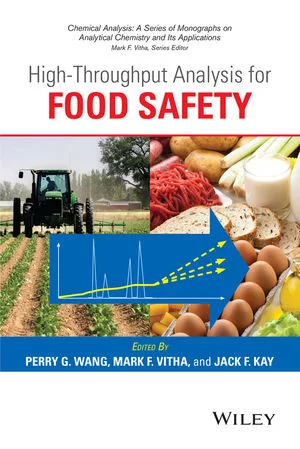Court Overturns EPA Ban of Toxic Pesticide Chlorpyrifos for Food Crops

Image credit: Brian Jimenez via Unsplash
A federal appeals court has overturned the U.S. Environmental Protection Agency’s (EPA’s) 2021 ban on all uses of the pesticide chlorpyrifos in food crops. Exposure to the pesticide has been linked to brain damage in children.
Chlorpyrifos has been used on crops such as sugarbeets, soybeans, broccoli, cauliflower, fruit trees, and wheat.
In response to a lawsuit against EPA, the 8th Circuit Court of Appeals decided that the agency did not consider thoroughly enough whether there are any safe agricultural applications for chlorpyrifos when it enacted its ban on the chemical. EPA’s decision to ban chlorpyrifos came after a prior court ruling from the 9th Circuit gave the agency 60 days to either modify or revoke the tolerances and approved uses for the pesticide. The 8th Circuit Court of Appeals believes the 60-day deadline pressured EPA to haphazardly revoke all tolerances for chlorpyrifos and ban the chemical, without fully considering whether any safe uses for the chemical might exist.
According to the 8th Circuit Court of Appeals’ opinion, only months before the 9th Circuit ordered the agency to act, EPA uncovered 11 high-benefit agricultural uses that were likely to achieve the necessary margin of safety if other uses were revoked. Achieving the necessary margin of safety depends on whether EPA can determine with “reasonable certainty that no harm will result from aggregate exposure to the pesticide chemical residue, including all anticipated dietary exposures and all other exposures for which there is reliable information.” However, because of the short turnaround time demanded by the 9th Circuit, EPA opted to ban chlorpyrifos entirely.
“EPA had to act quickly. But a short deadline is no excuse for zeroing in on a single solution to the exclusion of others,” wrote the 8th Circuit judges in their opinion.
However, although EPA’s sweeping ban of chlorpyrifos has been remanded, the 8th Circuit clarified that the agency remains “free to exercise its discretion as long as it considers all ‘important aspect(s) of the problem’ and gives a reasoned explanation for whichever option it chooses,” meaning that EPA could reinstate its prohibition of the pesticide in the future after a more thorough review.
Looking for quick answers on food safety topics?
Try Ask FSM, our new smart AI search tool.
Ask FSM →









